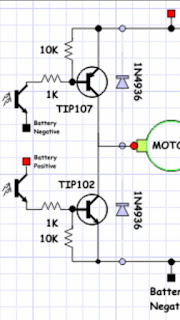Is there a circuit element which dissipates energy but does not act as a resistor?

My answer to SE EE question Is there a circuit element which dissipates energy but does not act as a resistor? [closed] Many interesting psychological phenomena can be observed in StackExchange. One of them is the closing of interesting, non-standard and original questions by people having more limited thinking. Such people have the ability to quickly unite into something resembling Russian " NKVD troika ". As a result of this filtering, the platform is full of monotonous and boring questions. Here is another example... My answer OP: ... is there an energy sink which does not alter the properties of the circuit? Yes, there is such a "sink"; its name is "transimpedance amplifier" - Fig. 1a. In this conceptual circuit diagram, the op-amp output is represented by the variable voltage sourve VOA. Fig. 1. Transimpedance amplifier - a conceptual circuit diagram (circled in blue). It consists of two elements in series - a resistor R2 and a variable voltage
